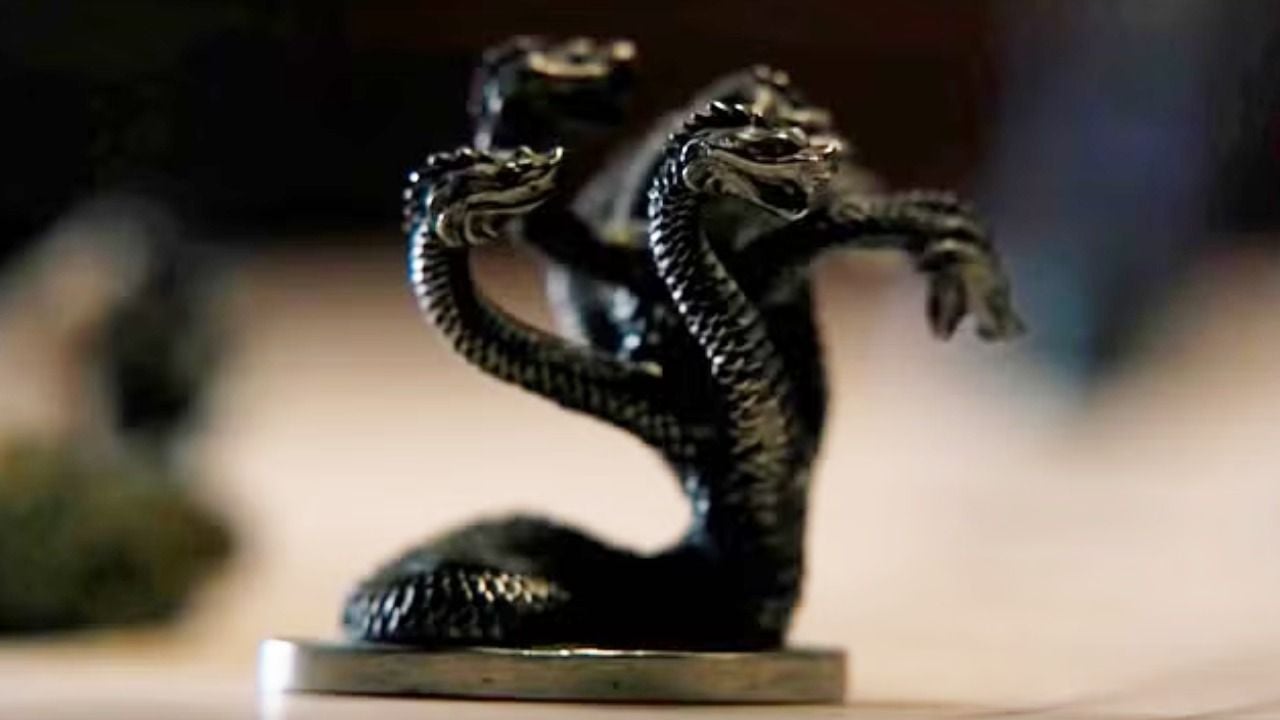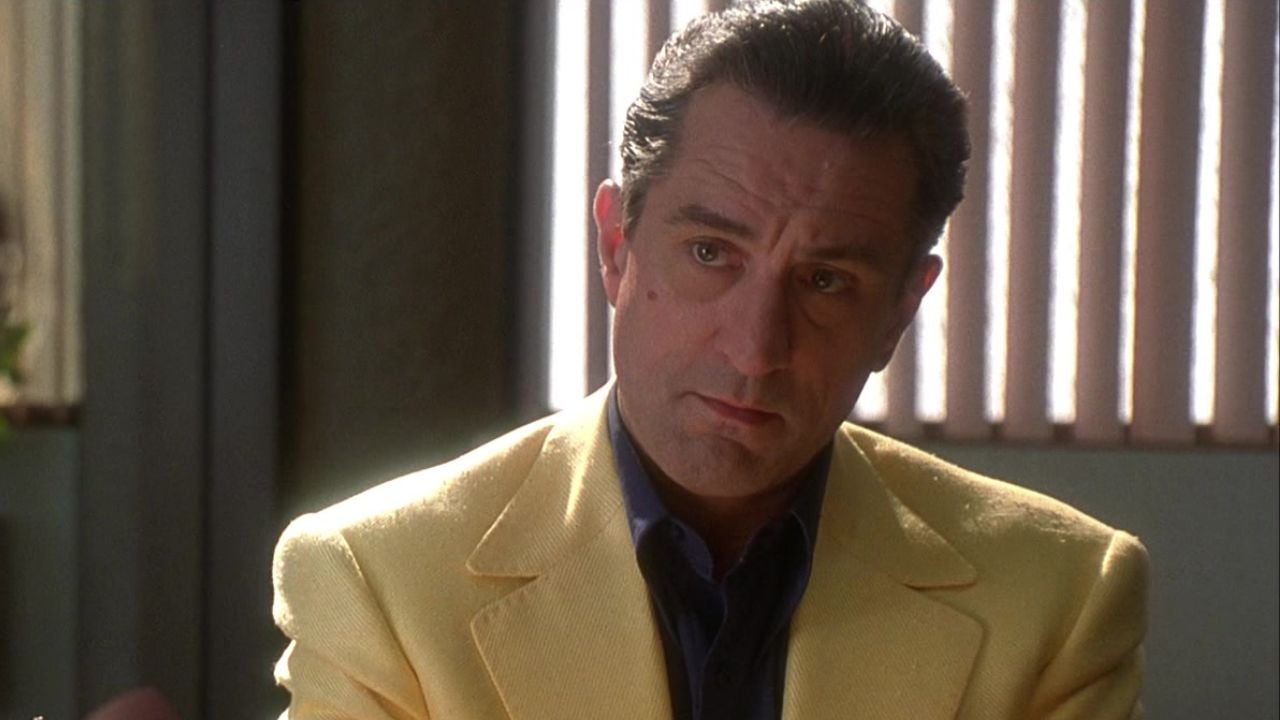4 Types of Attachment We Develop in Childhood Affect Our Relationships Throughout Our Life In the mid-20th century, British psychoanalyst John Bowlby developed attachment theory to try to understand the effects that parental separation had on children. In summary, the fundamental idea of this theory is this […]
4 types of attachments we develop in childhood influence our relationships throughout our lives
In the mid-20th century, British psychoanalyst John Bowlby developed attachment theory to try to understand the effects that parental separation had on children. In summary, the fundamental idea of this theory is that children need to develop a secure attachment relationship with at least one primary caregiver in order to develop adequately emotionally and socially.
“The concept of this theory aims to explain the mental model we create when we are distressed and scared. Faced with these negative emotions, we look to caregivers (mother and father, basically) for an emotional refuge that offers comfort, support and security. love of a child’s life is always his main assistance”, explains Roselene Espírito Wagner, clinical psychologist, neuropsychologist and PhD in Neuroscience.
The attachments
“As the emotional bond develops, the child can interpret it in three ways, building mental and emotional models for later stages of the life cycle and his or her future relationships.”
Therefore, the three basic types of attachment are:
- Safe attachment: determine people who are confident in their relationships;
- Anxious attachment: generates insecurity and fear of being rejected;
- Avoidant Attachment: where the subject avoids involvement due to future fear of rejection.
How do these attachments affect our adult lives?
In summary, the neuropsychologist explains that it is in childhood that the support beams for the formation of the psyche are laid. “Depending on the experiences and type of relationship, we develop the foundations of our future relationships, generating healthy and positive, or unhealthy and negative attachments.”
In other words, people with secure attachment they tend to be closely linked to open dialogue and transparent demonstrations. On the other hand, people with anxious and avoidant attachmentsthey systematically have difficulty connecting emotionally, trusting, fearing abandonment, as well as suffering from negative anticipatory emotions.
Attachment theory for adults
Roselene points out that the theory exists for adults too. We save our early emotional experiences and integrate them into the foundations of the psyche, influencing future relationships. When a child’s first loves revolve around giving and receiving affection, the adult’s romantic/sexual relationship model adopts these same premises, with some adaptations,” he adds.
The types of attachments in adult life would be:
- secure attachment: which brings ease in expressing affections;
- Anxious attachment: subjects who relate to each other in a worried, anxious way, do not trust, do not give of themselves and avoid receiving the affection of others for fear of the responsibility that this generates;
- Avoidant Attachment: people who have suffered abuse and trauma, who feel uncomfortable relating in a more intimate way.
We fit into one of these attachments
Each person develops their own interpretations and affective perceptions, bringing with them a type of emotional attachment developed by John Bowlby. “Basically, we recognize ourselves within one of these types of attachment. Of course, when we identify with an unhealthy attachment, we can take responsibility for modulating our emotions into a mental organization that can generate greater self-confidence, therefore that our relationships can be managed in a conscious, mature, stable way. But it is a fact that each of us will recognize ourselves within one of these described patterns”, says the neuropsychologist. (box)
Therapy is an ally
Going to therapy can help identify and improve some relational models that we have in relationships due to the relationship with our parents, as it promotes self-knowledge, works on self-image and develops self-esteem, bringing with it a more healthy. “When we are confident and aware of the characteristics that form our personality, we can improve our relationship with ourselves. We can only offer what we are. The more we have, the more we overflow in life. We begin to take a more balanced view of our intimate relationship with ourselves, to whom we offer and receive in a mutual and positive way”, he concludes.
Source: Terra
Ben Stock is a lifestyle journalist and author at Gossipify. He writes about topics such as health, wellness, travel, food and home decor. He provides practical advice and inspiration to improve well-being, keeps readers up to date with latest lifestyle news and trends, known for his engaging writing style, in-depth analysis and unique perspectives.









